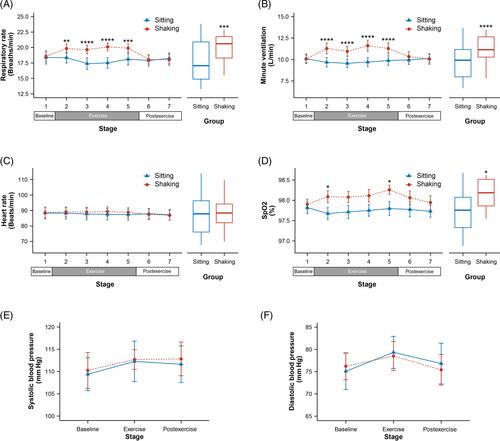The metabolic effects of habitual leg shaking: A randomized crossover trial
Abstract
Aims
The adverse effects of sedentary behavior on obesity and chronic diseases are well established. However, the prevalence of sedentary behavior has increased, with only a minority of individuals meeting the recommended physical activity guidelines. This study aimed to investigate whether habitual leg shaking, a behavior traditionally considered unfavorable, could serve as an effective strategy to improve energy metabolism.
Materials and Methods
A randomized crossover study was conducted, involving 15 participants (mean [SD] age, 25.4 [3.6]; mean [SD] body mass index, 22 [3]; 7 women [46.7%]). The study design involved a randomized sequence of sitting and leg shaking conditions, with each condition lasting for 20 min. Energy expenditure, respiratory rate, oxygen saturation, and other relevant variables were measured during each condition.
Results
Compared to sitting, leg shaking significantly increased total energy expenditure [1.088 kj/min, 95% confidence interval, 0.69–1.487 kj/min], primarily through elevated carbohydrate oxidation. The average metabolic equivalent during leg shaking exhibited a significant increase from 1.5 to 1.8. Leg shaking also raised respiratory rate, minute ventilation, and blood oxygen saturation levels, while having no obvious impact on heart rate or blood pressure. Electromyography data confirmed predominant activation of lower leg muscles and without increased muscle fatigue. Intriguingly, a significant correlation was observed between the increased energy expenditure and both the frequency of leg shaking and the muscle mass of the legs.
Conclusions
Our study provides evidence that habitual leg shaking can boost overall energy expenditure by approximately 16.3%. This simple and feasible approach offers a convenient way to enhance physical activity levels.


 求助内容:
求助内容: 应助结果提醒方式:
应助结果提醒方式:


